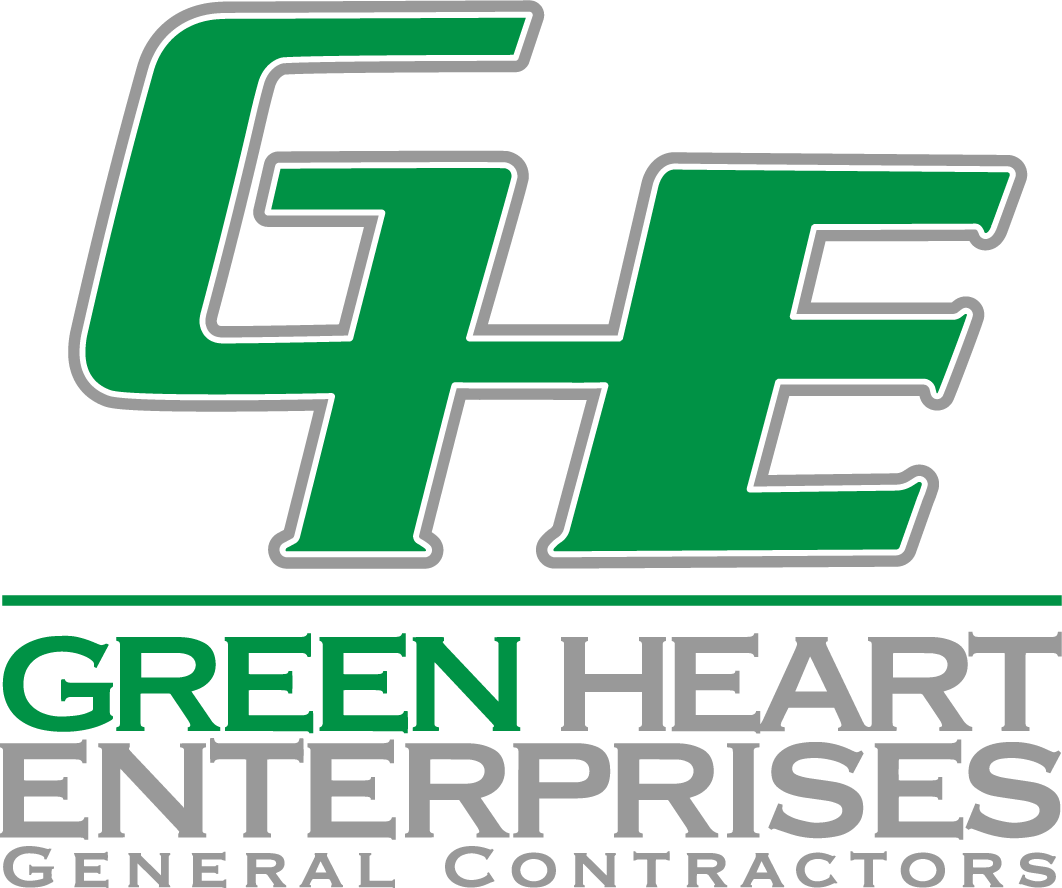Commercial construction glossary
TERMS YOU SHOULD KNOW
Commercial construction terminology can sometimes be confusing. Every industry has their acronyms and jargon that may be unknown to newcomers. As we strive to be the best partner for our clients, we take the time to ensure everyone involved understands the ins and outs, the processes, and the technical language.
The following is a complete glossary for commercial construction terminology to help give you a better understanding of your project.
Bid: A project estimate based on design and specifications.
Bid Selection: The process of evaluating and comparing contractors’ bids to select the right one based on price, services provided, timeline, and other unique factors.
Building Information Model (BIM): A 3D model-based process that features the details of the building from architecture to engineering and construction.
Change Order: The document showing construction plan revisions to initial specs or pricing as defined in the contract.
Design-Bid-Build: Design-bid-build is the traditional approach to construction projects where the design or architecture firm is separate from the contractor. The client choses a design firm and gets a finished design before getting bids from general contractors.
Design-Build: In this scenario, the construction contractor provides design as well as final building construction. This allows for more collaboration and improved speed of delivery for the final product.
Field Work Order: Documentation typically given by the main contractor to the subcontractor, listing out items to execute which may be out of original scope.
Floorplan: Document showing the layout of a building when viewed from above.
General Contractor: The main contractor responsible for day-to-day oversight of a construction site, management of vendors and trades, and the communication of information to all involved parties throughout the course of a construction project.
Lean Construction: Lean construction is a structure where all stakeholders collaborate to minimize waste and maximize output on the project.
Light Commercial Construction: Refers to smaller-scale business construction, such as offices, free-standing retail, restaurants, small medical facilities, banks, etc. These are most under four stories and less than 25,000 square feet.
New Construction: Constructing a new building or structure from the ground up.
Project Manager: Individual who oversees important aspects of construction jobs such as schedules, deliverables and costs. The project manager also works with clients directly to ensure the project is done well and that the client is happy.
Punch List: Punch lists document items at the end of a construction project which the client may not be completely happy with. Resolution of these items is typically required for full project completion and payment.
Renovations: Projects wherein a structure is being restored or repaired. Renovations are somewhat synonymous with remodeling, however the goal of a remodel is to change the structure, while the goal of a renovation is to repair the structure.
Request for Information (RFI): A formal document requesting information and specifications meant to inform construction decision-making, such as for a contract. RFIs typically include a project overview, estimated timeline, and occasionally pricing.
Request for Quote (RFQ): A formal document requesting information from potential suppliers. RFQs, similar to RFIs, typically provide pricing estimates, timeline projections, speed of delivery, and level of customer service.
Retrofitting: A type of construction project wherein you are adding something new to the original building or structure to specifically improve the functionality of the building. E.g., by adding new technology, building systems, or equipment.
Specifications: Documentation detailing the materials and desired quality of a construction project.
Subcontractor: Subcontractors perform commercial construction duties managed by the general contractor. Subcontractors are typically chosen by expertise in specific trades such as drywall, mechanical, concrete or electrical.
Tenant Improvements (TIs): The commercial construction elements executed, typically after white box construction, to make a building move-in ready for a tenant. Common considerations include wall finishes/painting, carpet, lights and fixtures.
Time and Materials: Time and materials is a way to charge clients based exclusively on costs of time and materials (and any other agreed upon charges).
Resources: Construction Place

